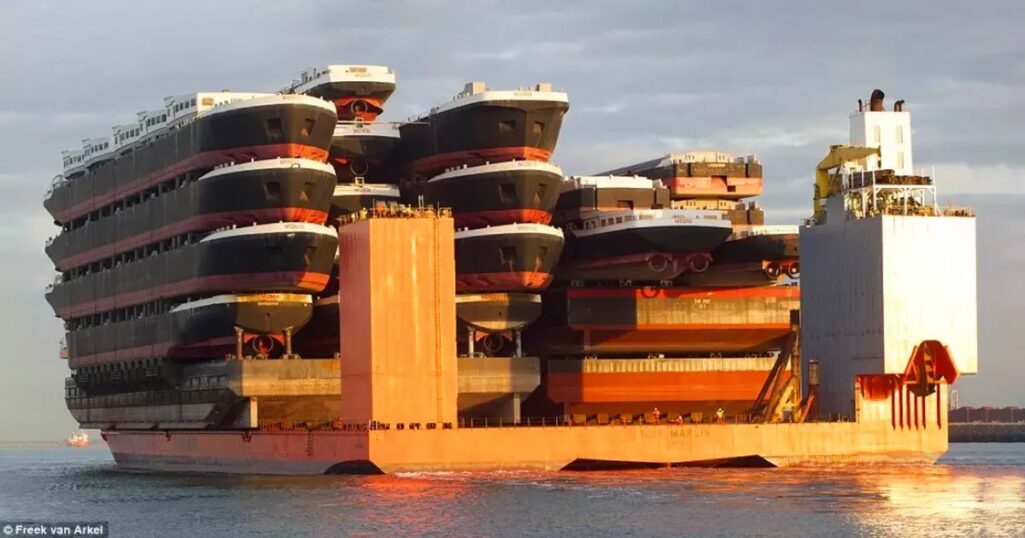
Blue Marlin and her sister Black Marlin are both semisubmersible heavy-lift ships. It is designed to transport very big and heavy equipment, like drilling rigs and big ships over its deck.
It is not just a gigantic ship that carries other ships with impressive numbers (we will discuss later). It is also a luxurious cruise with 38 cabins for up to 60 people, a workout room (gym), sauna and swimming pools.
It also contains what is called a “secure citadel,” which is a room to protect the ship from pirate attacks (more details coming).
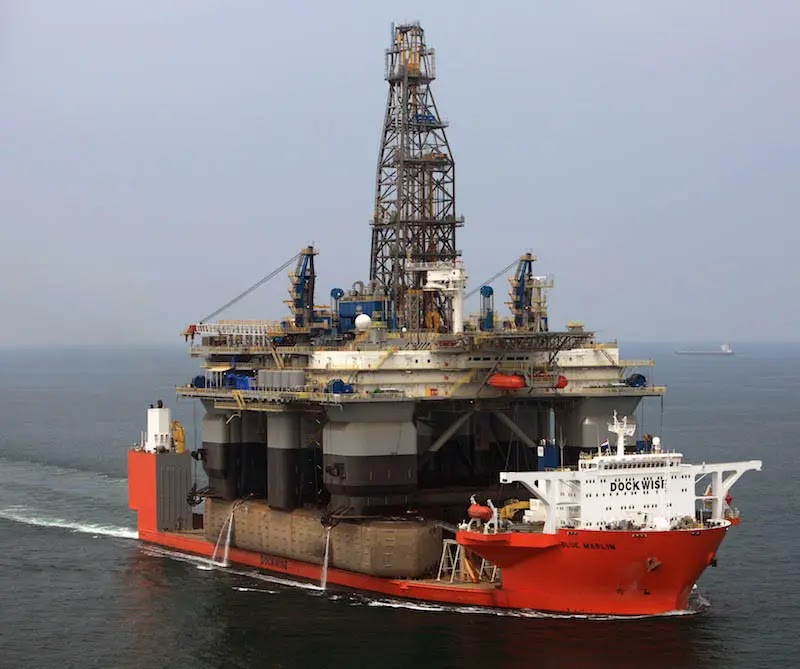
This enormous ship was built in 1999 by CSBC Corporation in Taiwan for the Norwegian Offshore Heavy Transport company. It was then purchased by the Netherlands-based Dockwise Limited company in 2001.
Blue Marlin Specs
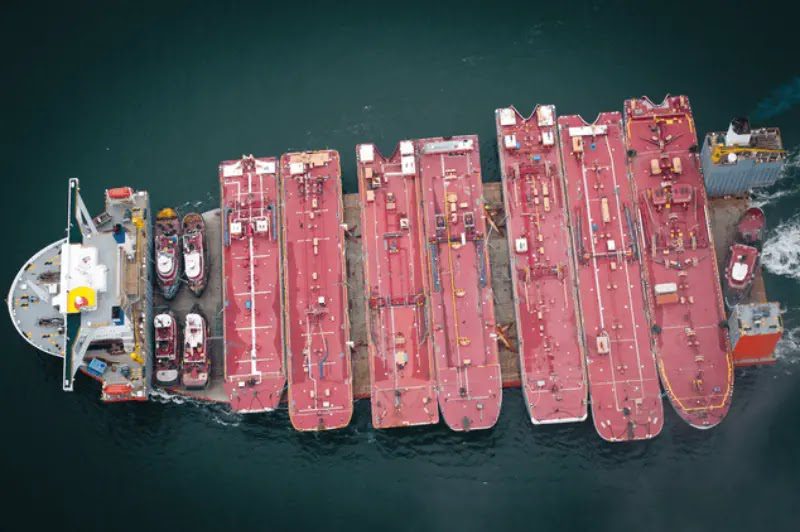
The Blue Marlin is very big. Let’s imagine how big it is. It has a total length of 224.8 m (737.5 ft) and a total width of 63.1 m (207 ft), which means a total area of 14,185 m2 (152,663 ft2). This means that Blue Marlin’s area is the same as the area of two football (soccer) fields!
Of course, this area is not all utilized for cargo. The total deck area to carry ships is 11,227 m2 (120,850 ft2), which is still a lot of space.

This massive ship needs a massive engine. It is powered by a diesel engine that produces 12,640 kW (16,950 hp) output power, which allows Blue Marlin to cruise at a speed of 26.9 km/h (16.7 mph) and reach a range of 46,000 km (29,000 miles).
This massive size and power allow the ship to have a deadweight of 76,000 metric tonnes. The deadweight tonnage is the ship’s total weight, along with fuel and cargo and everything. For comparison, the weight of the largest blue whale is 200 metric tonnes. This means that the Blue Marlin when in full capacity, weighs about 380 blue whales!
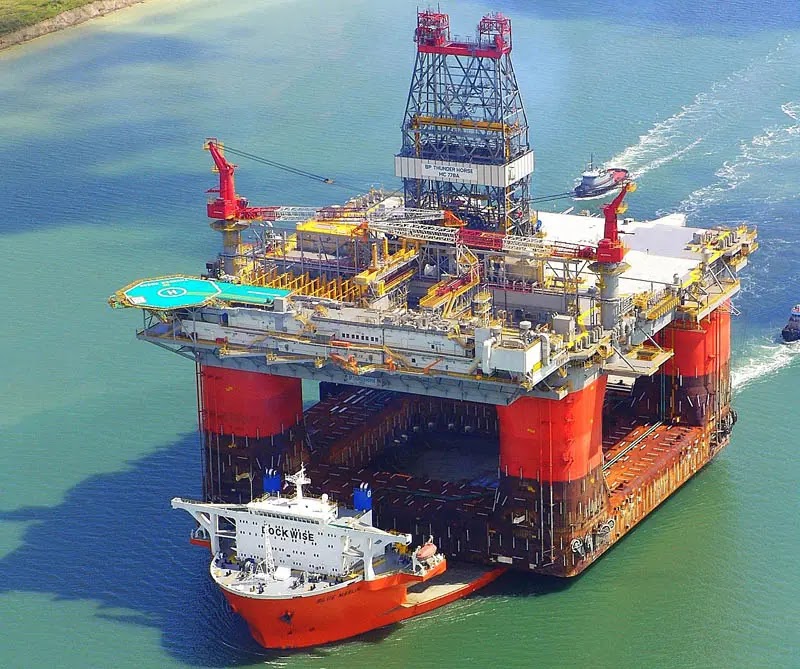
Now the question that might come to your head is: how could they put such big ships that weigh a lot over the Blue Marlin? Do they use cranes? Of course not!
Submerging Technique
When it came to placing heavy cargo onto the huge deck of Blue Marlin, the ship’s engineers had to get creative. After all, even the world’s strongest cranes can’t lift most of the ships carried on its deck.
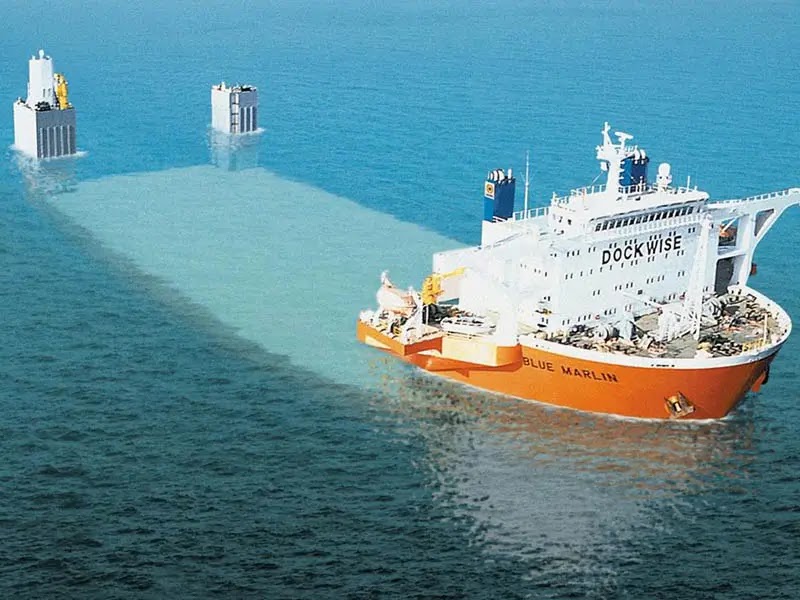
Engineers found an innovative solution to this problem: the ship would partially submerge itself underwater, allowing its cargo (ships) to float on top of it. The ship will then be raised to its normal height once the ballast tank is emptied by the ship’s crew.
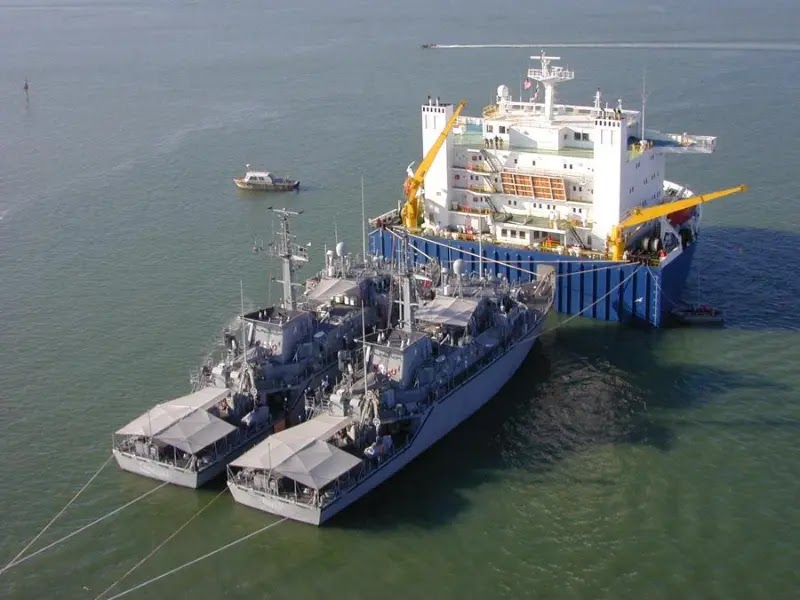
Brilliant!
Secure Citadel Room
You might still be thinking about this: what is the secure citadel room? And how does it protect the ship from pirates?
The Oxford English Dictionary defines a citadel as a “stronghold into which people could escape during a battle” by the Oxford English Dictionary. During a pirate raid or while the pirates are on board, the crew of a ship might take shelter in a citadel.
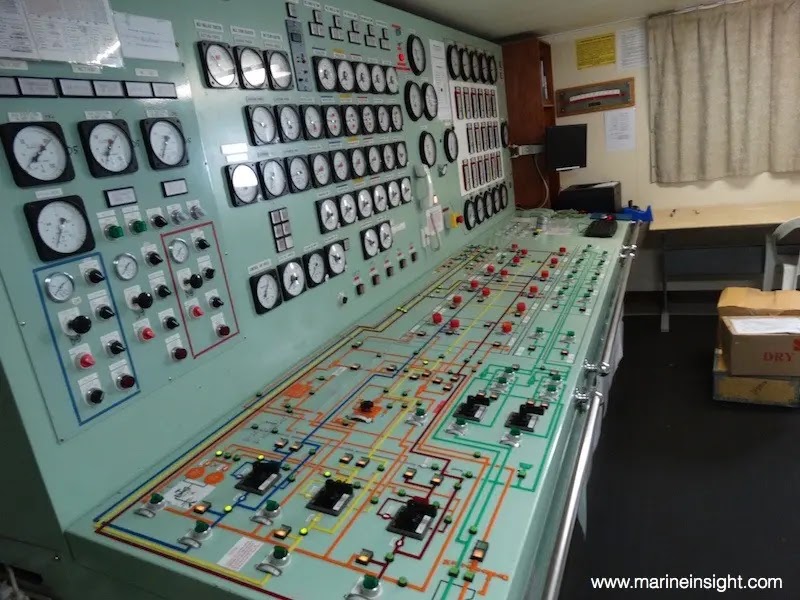
- The International Maritime Security Centre recommends that ships use the citadel anti-piracy strategy.
- The citadel requires not just food and water but also excellent communication links to be able to connect with the outside world, as well as a sufficient ventilation system and a first aid kit for emergencies.
- Additionally, the area should have the ability to turn off both the main and auxiliary engines, as well as CCTV cameras.
- The citadel must be carefully designed and built. For the crew of the ship, the anti-piracy citadel represents one last attempt to get away from the pirates.
Watch the following video to see the lifting and submerging process:
No comments:
Post a Comment